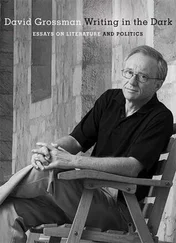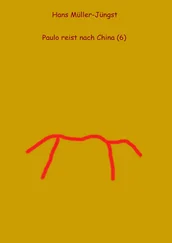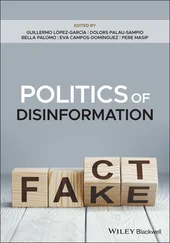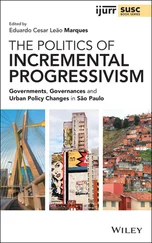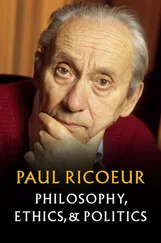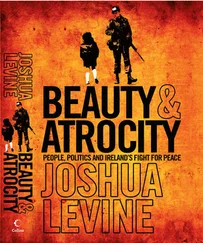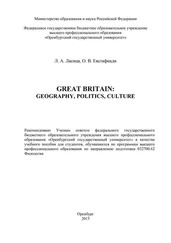Defining political concepts and making sense of the politics they are part of is a tricky endeavour. Only something without a history can be rigorously defined in terms of necessary and sufficient conditions in a way that captures all of its usages. 8Whenever you define, say, a term, you end up having to do so in ways that are incompatible with the way at least some people have been, are, and/or will use that term. But definitions are often vital to knowing what we are talking about. To make sense of the large, and at times complicated and contradictory literature on prefigurative politics, we take an approach that can be described as rational reconstruction . That is, we take an ongoing body of ideas and practices as our point of departure. This will inevitably be varied, contradictory, and sometimes confused. We draw from our experiences and observations of these practices, our readings about previous movements and organisations, and the writings of those who relate to them as participants and opponents, supporters and critics. On this basis, we make the best sense we can of what prefigurative politics is and of the arguments for and against it. As such, our definition isn’t intended to capture all uses and abuses of ‘prefigurative politics’. Instead, it’s intended to clarify the core features that the practices talked about as ‘prefigurative politics’ have in common, in order to be able to make sense of and use it as a political concept. This should help to make the concept a useful tool both for understanding the world and for changing it.
This is the first dedicated book on prefigurative politics as a concept and idea. Much has been written about examples of social movements that practise prefigurative politics, but usually without a rigorous investigation of the theory and assumptions that are associated with the concept.
In recent years, prefigurative politics have been much discussed in connection with a wide range of contemporary social movements. They include bottom-up movements in Latin America, like the Zapatistas in Mexico, recuperated factory and neighbourhood movements in Argentina, and a host of other non-hierarchical movements. 9Also often discussed is the so-called New Democracy Movement – which includes not only Occupy and the Movement of the Squares, but also 15M in Spain, Nuit Debout in France, and more 10– as has a broad swathe of North American social movements. 11Other important examples include 21st Century Socialism 12and Democratic Confederalism, 13which try to combine taking existing state power with certain forms of prefigurative politics. Finally, we would be remiss not to mention the resurgent syndicalist movements worldwide (Ness 2014).
On a theoretical level, different kinds of prefigurative politics are also being fiercely debated among thinkers drawing on classical anarchist 14and Marxist ideas. 15Most thinkers discuss only one or two kinds of prefiguration, limited themselves to only one or two cases, or they talk about prefiguration as part of, or in relation to, a whole host of other things. They do not provide an overview of the different major strands of prefigurative politics today and the different arguments for and against them. That’s what this book sets out to do, offering a way into thinking about the theory and practices of prefigurative politics, with a particular focus on those parts of it that are important and contested today. Our book does not, however, try to be completely comprehensive or to provide a complete guide to everything that has been and might be labelled ‘prefigurative politics’. To take just one example, we do not write very much about cooperatives, in part because there’s not that much disagreement about their role in the transition to a better society.
One of the biggest challenges in writing about prefigurative politics is that you can’t simply be told what it is. You can’t properly understand it by simply reading or hearing about what it’s like. You have to experience if for yourself. In fact, as we will see, one of the most prominent arguments for prefigurative politics is precisely that it can show you something that can’t be properly explained through words alone: what free, equal, and democratic forms of social organisation might really be like.
We, the two authors, first met back in the early 2010s in the London chapter of the International Organisation for a Participatory Society, an organisation that centred on analysing, promoting and educating on a particular vision of a future society. We have both worked and lived in prefigurative organisations in the UK and the Nordic countries, including radical non-profit and cooperative cafes, student organisations, an anarcho-syndicalist organisation, a platformist organisation, parts of the Occupy movement, social centres, communal living spaces, and art collectives. For the past fifteen years we’ve been active in queer-feminist, environmental, antiracist, and anti-capitalist activist organisations in Western Europe. As professional (or in Saio’s case, semi-professional) academics we have also dedicated part of our recent research to prefigurative politics. This book is therefore the result of our personal experiences as much as our academic research.
However, this also highlights one of the limitations of the book. Our views and arguments are significantly shaped by the strengths and weaknesses that our social and historical position brings with it. We are two white people with PhDs who work in Western European universities. Both of us grew up and went to school in Scandinavian countries in the 1990s and 2000s, when social welfare services were generous to those with citizenship, and when university studies were financially well-supported by the public purse. Further studies that would lead to an academic career seemed like a sensible choice for somebody who wanted to pursue radical theory and politics, but who was not from an affluent family. Our primary interest in this topic stems from a desire to see real social change – we don’t only want to speak to other academics. We have therefore written this book in a language that is as readable as possible to a broader audience.
Our personal histories mean that our theoretical background is predominantly Western; our working language is English, and we largely address debates that have grown within the Western activist and academic discussions that we are part of. However, we take very seriously the imperative to learn from non-Western, non-male and non-white thought and practice, and have worked to bring in and highlight a number of examples that tend to be neglected in the literature. We also stress that this book is not the last word on the topic of prefigurative politics; if anything, it should barely be the beginning.
Before we summarise the chapters, here’s some advice about reading this book. It’s short and compact, but goes over a lot of ideas and arguments. If you’ve mainly trained by studying liberal politics and political ideas, there will be a lot of material here that you won’t be very familiar with. One of the most challenging aspects of this can be understanding the process-based worldview that’s often part of the movements and theory we discuss. We therefore recommend that you read it slowly, take your time, and feel free to go back to things that you don’t quite remember or are confused about. (We often find this useful ourselves.) Chapters 2and 3are the heaviest of the book, because they set out the fundamental ideas and definitions you need to be aware of to understand many of the debates and arguments about prefigurative politics we discuss later on. If you find those chapters tough, it might be possible to skip to Chapter 4onwards and revisit Chapters 2and 3a little later once you’ve familiarised yourself with some of the other main ideas and arguments. It would be impossible, however, to fully understand our central arguments without reading those two chapters – so skip them at your own peril!
Читать дальше

